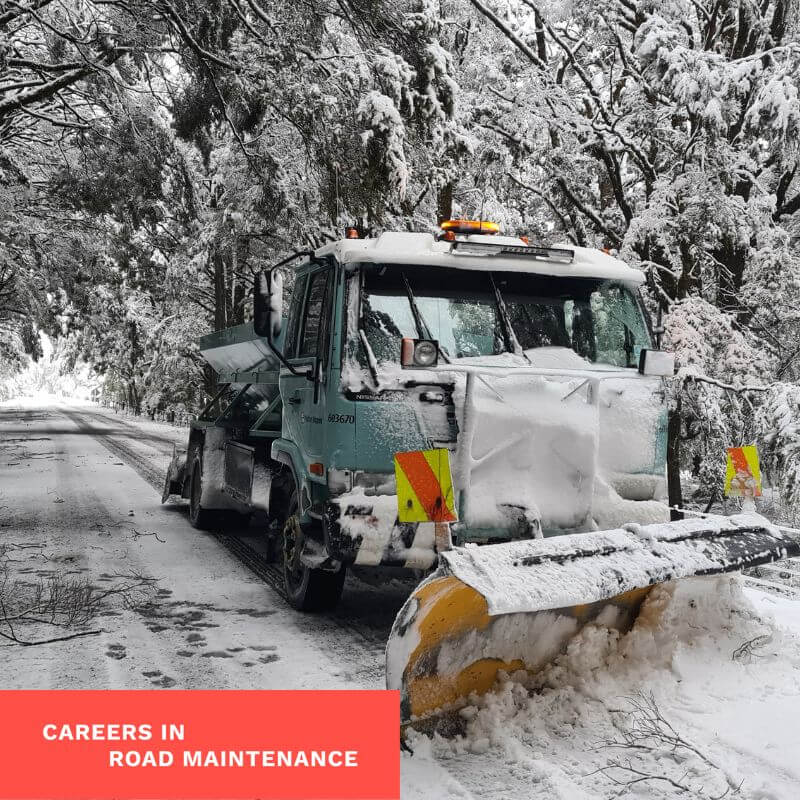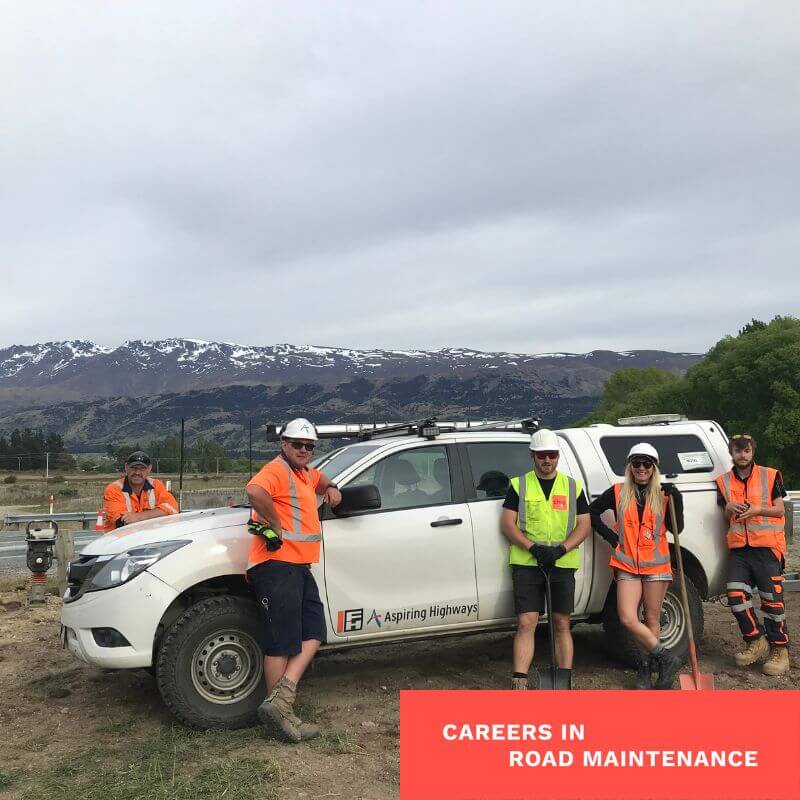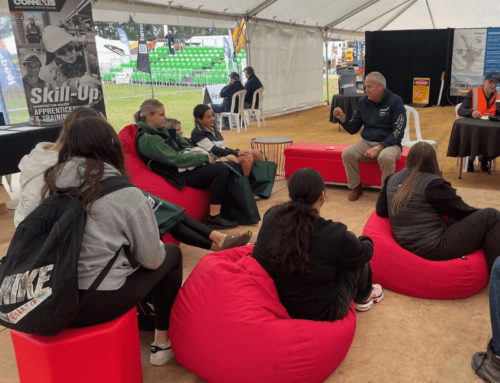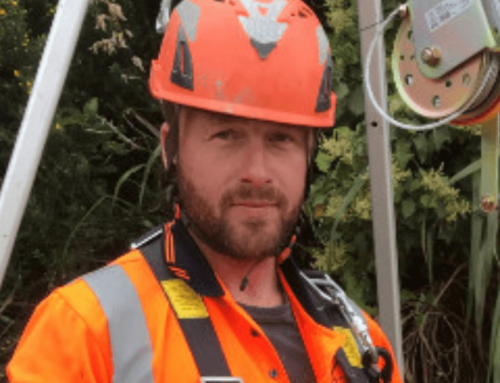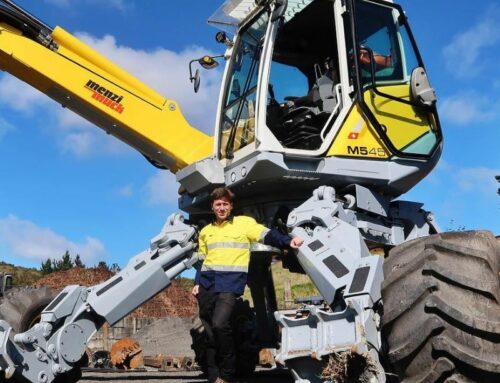As the holiday season approaches, Central Otago’s road maintenance teams are busy making sure the region’s highways stay open whatever the weather may bring.
One of the team members is Sam Gillaly from Fulton Hogan, a large construction and infrastructure services company contracted by Waka Kotahi NZ Transport Agency to maintain 537 km of state highway criss-crossing the Central Otago region.
The countdown to the end of the year is a crucial time, with the holiday rush and an expected influx of tourists on the horizon. In his dual role of Capital Works Engineer and Renewals Manager, Sam is one of the linchpins binding the regional roading teams together to keep the region’s highways safe and well maintained.
His work as a Capital Works Engineer involves pricing and delivering projects to maintain bridges, renew culverts and improve other infrastructure. As Renewals Manager he keeps a tight schedule to ensure all chip seal, asphalt, pavement and road drainage sections throughout the Central Otago roading network are kept in good shape.
It’s a big step up from his first job with Fulton Hogan as a field worker a decade ago.
“I started straight out of high school, digging holes.”
Extremes of weather are all part of Central Otago’s charm – the roads can be roasting in 35 °C heat one week and blanketed in snow the next.
“We had some pretty gnarly weather events from mid-June where there was widespread snowing, flooding, rock falls and high winds knocking trees down.”
Sam gets a lot of satisfaction from being able to pull in resources from across the company when the weather hits the fan.
He says there are a lot of good people across the region who love getting out in challenging conditions and getting stuck into dealing with whatever problems the weather creates. And he reckons the low number of accidents and complaints his team receives from the public serve as a quiet pat on the back from the local community.
With New Zealand’s international borders open again and tourists pouring into the country, a key challenge for the months ahead is increased traffic due to events.
Permanent and trailer-mounted Variable Message Signs help to manage traffic, and Network Control Teams keep an eye out and give advance notice of issues to prevent delays. It’s a team effort to keep road links open so everyone travelling can make the most of what the region offers.
Sam loves the fact that every workday is different. He might be pricing up a bridge repair job, scrambling to handle a last-minute heads up about someone squeezing a house through a narrow, mountainous section of highway on the back of a truck, or out on a mission responding to an extreme weather event.
Rather than being trapped in the confines of an office all the time, Sam’s work takes him on scenic routes between dramatic mountains and stunning lakes – through the extremes of sun and snow. And whilst he enjoys doing physical hands-on work on the roads, he also gets to play with some cool machines in one of the most spectacular region’s New Zealand has to offer.
Central Otago is where Sam was born and raised and he now lives on a lifestyle block in the region seven kilometres out of Alexandra – known as the hottest, driest and coldest town in the country.
His role requires a fair bit of local travel, but he’s grateful to be able to return to his family and the place he’s always called home at end of each day.
Sam and his wife recently celebrated the birth of their second child, Thomas, and he says Fulton Hogan “couldn’t have been better” about supporting him with flexible hours and making it easy for him to take a period of parental leave.
“Having a family friendly employer and a great team around you just makes life so much easier.”
Sam says his career journey and positive experiences with Fulton Hogan have validated the decision he made, in his final year of high school, to go into civil construction.
In that last pivotal year of school he had been leaning towards going to university or polytech to study outdoor education or become a PE teacher, but he decided to get into civil construction because of the variety of opportunities it provided as well as his love of machinery.
After his initial role as a field worker, he went on to join an asphalt pavement crew, where he got an opportunity to train as a machine operator. He did that for a number of years before moving into the office to take on the challenge of learning how to price infrastructure projects.
His steep career development curve is a great example of how a willingness to learn new skills and a hard-working attitude can boost anyone’s career opportunities.
Sam’s advice to school leavers or older workers thinking of changing careers and getting into civil construction is to simply go ahead and get stuck into it.
He stresses it’s essential to enjoy solving problems, as they pop up all the time, and it’s important to be practical and motivated if you want to succeed


